When considering laser eye surgery for vision correction, two of the most popular options are LASIK (Laser-Assisted In Situ Keratomileusis) and PRK (Photorefractive Keratectomy). Both procedures aim to correct refractive errors such as nearsightedness, farsightedness, and astigmatism by reshaping the cornea, but they differ in their techniques and recovery processes.
LASIK vs. PRK
LASIK and PRK are two popular laser eye surgeries designed to correct refractive errors, but they differ in their approach and recovery process. LASIK involves creating a thin flap on the cornea's surface, which is then lifted to allow the laser to reshape the underlying corneal tissue. This flap is replaced after the procedure, leading to a quicker recovery time and less discomfort. On the other hand, PRK entirely removes the outer layer of the cornea (epithelium) to access the tissue beneath for reshaping, which regenerates naturally over a few days. While PRK has a longer recovery period and can cause more initial discomfort compared to LASIK, it is often recommended for patients with thinner corneas or those who engage in contact sports, as it eliminates the risk of flap complications. Both procedures are highly effective in improving vision, and the choice between LASIK and PRK depends on individual eye conditions, lifestyle factors, and personal preferences.
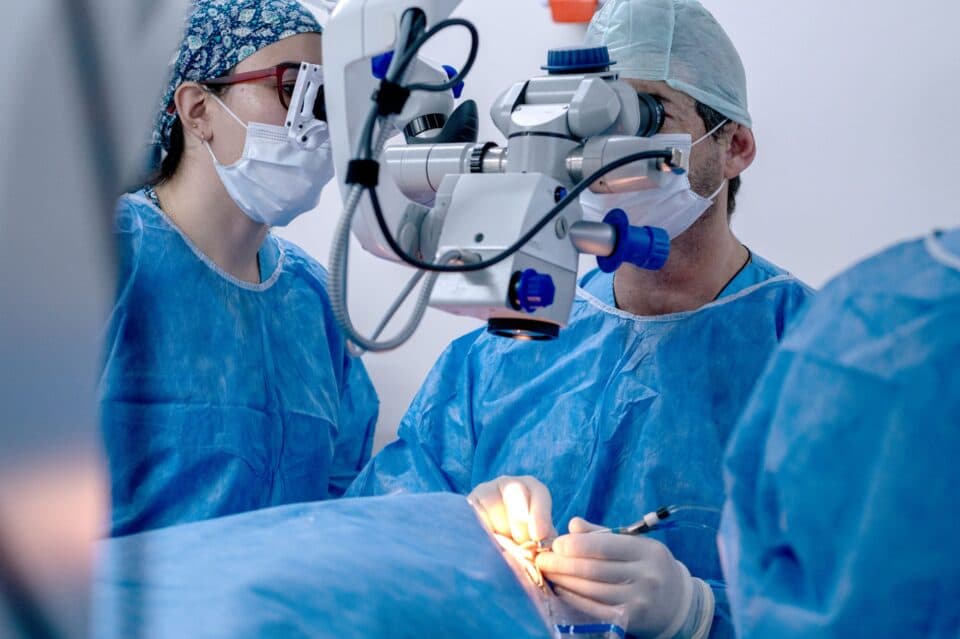
The difference between LASIK and PRK
LASIK (Laser-Assisted In Situ Keratomileusis) and PRK (Photorefractive Keratectomy) are both popular laser eye surgeries aimed at correcting refractive errors like nearsightedness, farsightedness, and astigmatism. The primary difference between the two lies in how the cornea is accessed and prepared for laser reshaping.
In LASIK, a thin flap is created on the cornea's surface using either a microkeratome blade or a femtosecond laser. This flap is then lifted to expose the underlying corneal tissue, which is reshaped with an excimer laser to correct vision. The flap is then repositioned, allowing for a quicker recovery with less initial discomfort and immediate improvement in vision.
Conversely, PRK involves completely removing the cornea's outer layer (epithelium) to access the underlying tissue. The excimer laser then reshapes the exposed corneal tissue. The epithelium regenerates naturally over a few days, leading to a longer recovery period and more initial discomfort compared to LASIK. However, PRK is often preferred for patients with thinner corneas, those with certain corneal surface irregularities, or those who engage in contact sports, as it eliminates the risk of flap-related complications.
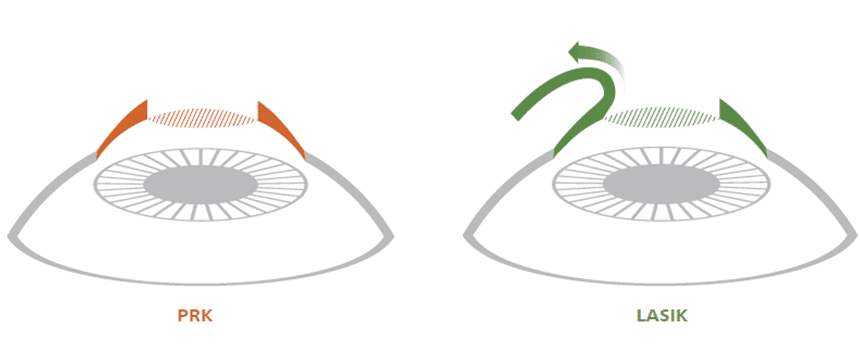
What is LASIK?
LASIK (Laser-Assisted In Situ Keratomileusis) is a widely performed surgical procedure designed to correct common refractive errors such as nearsightedness (myopia), farsightedness (hyperopia), and astigmatism. This advanced eye surgery uses laser technology to reshape the cornea, the transparent front part of the eye, to improve the way light rays are focused onto the retina. The goal is to achieve clearer vision, reducing or eliminating the need for glasses or contact lenses.
The LASIK procedure involves creating a thin, hinged flap in the cornea. This flap can be made with a microkeratome blade or, more commonly today, with a femtosecond laser. Once the flap is created, it is gently lifted to expose the underlying corneal tissue. An excimer laser, which is a highly precise ultraviolet laser, is then used to remove microscopic amounts of tissue from the cornea, reshaping it according to the patient's specific refractive needs. This reshaping allows light to be properly focused onto the retina, resulting in improved vision.
The entire LASIK procedure typically takes about 15 minutes per eye, and the actual laser application only lasts for a few seconds. One of the key benefits of LASIK is its quick recovery time. Most patients experience significant improvement in vision within 24 to 48 hours after the surgery. The flap created during the procedure acts as a natural bandage, which helps to reduce discomfort and speed up the healing process.
While LASIK is considered safe and effective for many people, it is not suitable for everyone. Ideal candidates are typically over 18, have a stable prescription, and do not have certain medical conditions or corneal abnormalities. A thorough preoperative evaluation by an experienced ophthalmologist is essential to determine suitability for the procedure. LASIK has helped millions of people achieve better vision and improved quality of life, making it one of the most popular refractive surgeries worldwide.
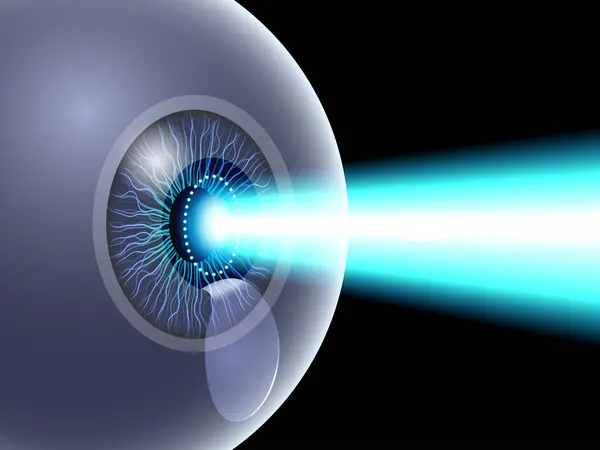
What is PRK?
Photorefractive Keratectomy (PRK) is a type of laser eye surgery that corrects refractive errors such as nearsightedness, farsightedness, and astigmatism by reshaping the cornea. Unlike LASIK, which involves creating a corneal flap, PRK directly reshapes the cornea's surface by removing the outermost layer, known as the epithelium. This procedure makes PRK a suitable option for patients with thinner corneas or those who are more prone to eye injuries, as it eliminates the risk of flap-related complications.
The PRK procedure begins with the removal of the epithelial layer, which is done either mechanically or with the use of an alcohol solution. Once the epithelium is removed, an excimer laser is used to reshape the underlying corneal tissue by precisely removing microscopic layers. This reshaping corrects the refractive error by altering the cornea's curvature, allowing light to be properly focused on the retina and improving vision.
One of the primary differences between PRK and LASIK is the recovery process. Because the epithelial layer needs time to regenerate, PRK has a longer initial recovery period compared to LASIK. Patients may experience discomfort, blurred vision, and light sensitivity for several days following the procedure. However, the long-term visual outcomes of PRK are comparable to those of LASIK, with most patients achieving significant improvements in their vision.
PRK is particularly beneficial for individuals with specific corneal conditions or those who engage in activities that may risk dislodging a corneal flap, such as contact sports. Additionally, PRK can be a viable option for patients who were previously deemed unsuitable for LASIK due to corneal thickness or surface irregularities.
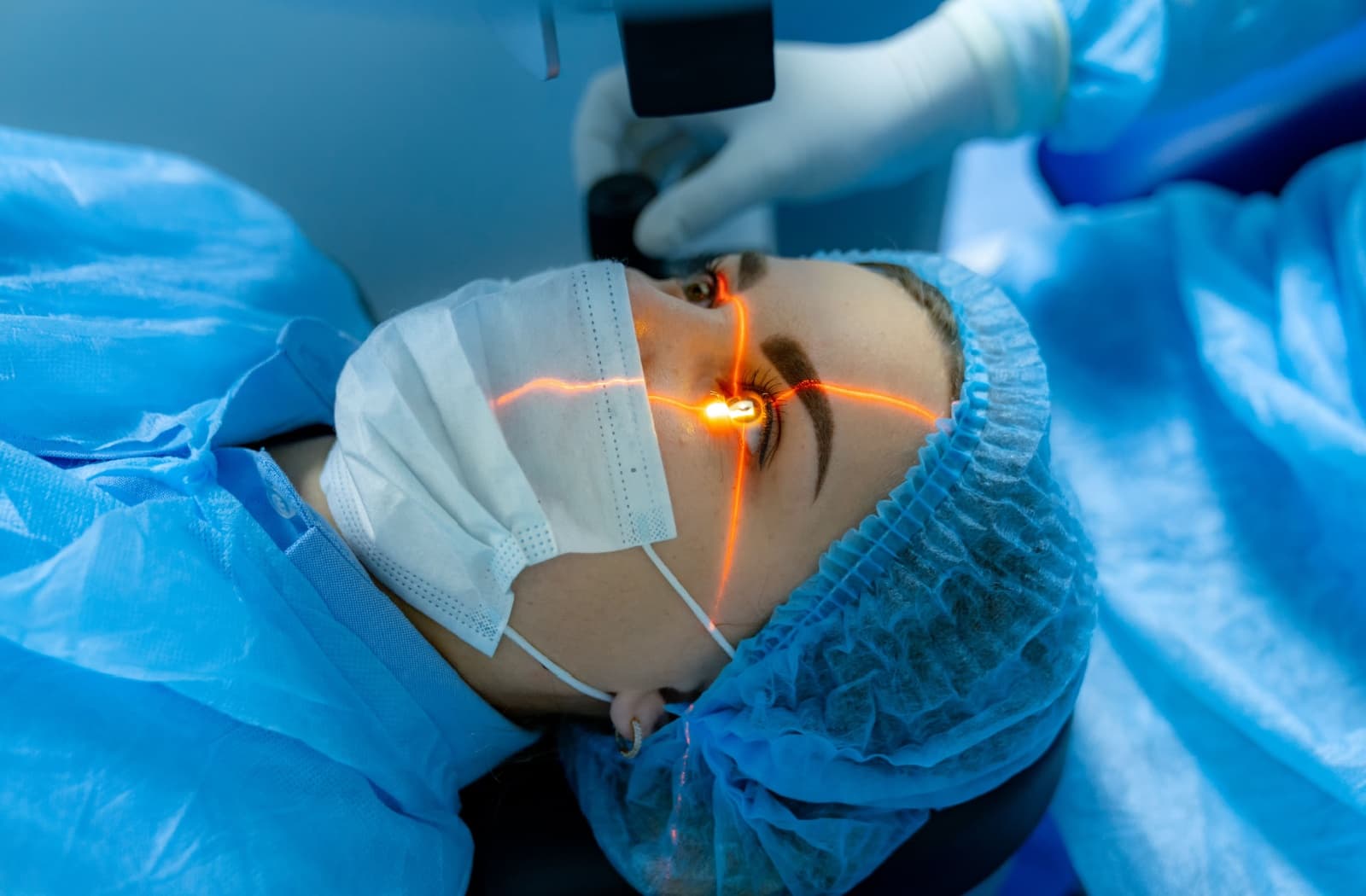
Recovering from LASIK
Recovery from LASIK surgery is generally swift and straightforward, contributing to its popularity as a vision correction procedure.
Immediately following the surgery, patients are often amazed by the rapid improvement in their vision. Most people experience significant visual clarity within the first 24 to 48 hours, although it can take up to several weeks for vision to stabilize fully.
During the initial recovery phase, it is common to experience some discomfort, such as a gritty feeling in the eyes, sensitivity to light, and watery eyes. These symptoms typically subside within a few days.
Resting and protecting the eyes are crucial in the first few days post-surgery. Patients are advised to avoid strenuous activities, swimming, and eye makeup to prevent irritation or infection. It's also essential to use prescribed eye drops to keep the eyes moist and prevent inflammation or infection. Sunglasses are recommended to shield the eyes from bright light and UV exposure when outdoors.
Regular follow-up appointments with the ophthalmologist are necessary to monitor the healing process and ensure there are no complications. Most people can return to work and resume normal activities within a few days, but it is important to follow the surgeon's guidelines regarding specific activities and eye care routines.
Despite the quick recovery time, it is normal for vision to fluctuate slightly during the first few weeks. Patients should avoid rubbing their eyes to prevent dislodging the corneal flap created during the procedure. Over time, the eyes will heal, and vision will stabilize, providing long-term clarity and improved quality of life.
While LASIK is highly effective, it is crucial to recognize that everyone's healing process is unique. Adhering to post-operative care instructions and attending all follow-up appointments ensures the best possible outcome from the surgery.
With proper care, the majority of LASIK patients achieve their desired vision improvement and enjoy a life free from the constraints of glasses or contact lenses.
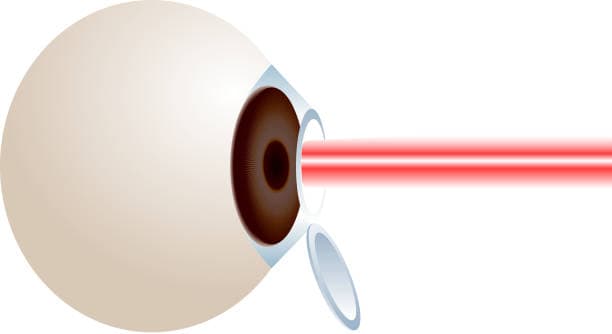
Recovering from PRK
Recovery from PRK (Photorefractive Keratectomy) surgery requires patience and adherence to post-operative care instructions, as the healing process is more gradual compared to LASIK.
Immediately following the procedure, patients may experience discomfort, such as a gritty or burning sensation in the eyes, along with light sensitivity and blurry vision. These symptoms are common and typically last for a few days as the corneal epithelium, which was removed during the surgery, begins to regenerate.
To manage discomfort and support healing, patients are prescribed medicated eye drops, including antibiotics to prevent infection and anti-inflammatory drops to reduce swelling. It's crucial to use these drops as directed and keep the eyes clean to avoid complications. Artificial tears can also help alleviate dryness and promote comfort during the recovery period.
Rest and protection of the eyes are vital in the days following PRK. Patients should avoid rubbing their eyes and protect them from bright light and UV exposure by wearing sunglasses when outdoors. Activities that could strain the eyes, such as reading, screen time, and vigorous physical activity, should be minimized initially.
The initial phase of healing typically takes about a week, during which the epithelium fully regenerates. Vision gradually improves over this time, although it may fluctuate and remain slightly hazy for several weeks. Most patients can return to work and normal activities within a week, but it can take up to several months for vision to fully stabilize and achieve the desired clarity.
Regular follow-up appointments with the ophthalmologist are essential to monitor the healing process and address any concerns. The doctor will assess the cornea's recovery and adjust treatment as needed.
By adhering to the prescribed care regimen and attending all follow-up visits, patients can ensure a successful recovery and enjoy the long-term benefits of PRK, which include clearer vision and reduced dependence on corrective lenses.
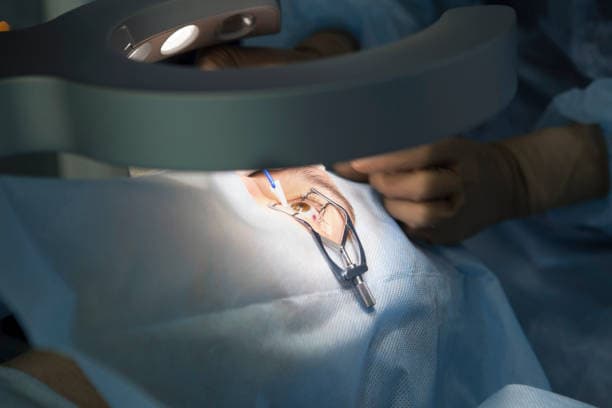
LASIK or PRK: which is right for me?
Choosing between LASIK and PRK for vision correction depends on several factors, including your eye health, lifestyle, and specific vision needs.
LASIK (Laser-Assisted In Situ Keratomileusis) involves creating a thin flap on the cornea, which is then lifted so the underlying tissue can be reshaped with a laser. This flap is repositioned afterward, leading to a quicker recovery time and less initial discomfort. LASIK is generally suitable for patients with adequate corneal thickness and those seeking a faster recovery. The immediate improvement in vision and minimal postoperative discomfort make it an attractive option for many. However, certain corneal conditions or thin corneas can disqualify someone from being a LASIK candidate.
On the other hand, PRK (Photorefractive Keratectomy) entirely removes the outer layer of the cornea (epithelium) to reshape the underlying tissue. The epithelium regenerates naturally over a few days, resulting in a longer recovery period and more initial discomfort compared to LASIK. However, PRK is often recommended for patients with thinner corneas or those with specific corneal surface irregularities that might complicate LASIK. PRK is also a preferred option for individuals engaged in contact sports or professions where eye trauma is more likely, as it eliminates the risk of flap-related complications.
Both LASIK and PRK have excellent long-term outcomes, and the choice between them often comes down to individual medical considerations and lifestyle factors. Consulting with an experienced ophthalmologist is crucial for a comprehensive eye examination and personalized recommendation. They will evaluate your eye anatomy, overall health, and vision goals to determine which procedure is more suitable for you.
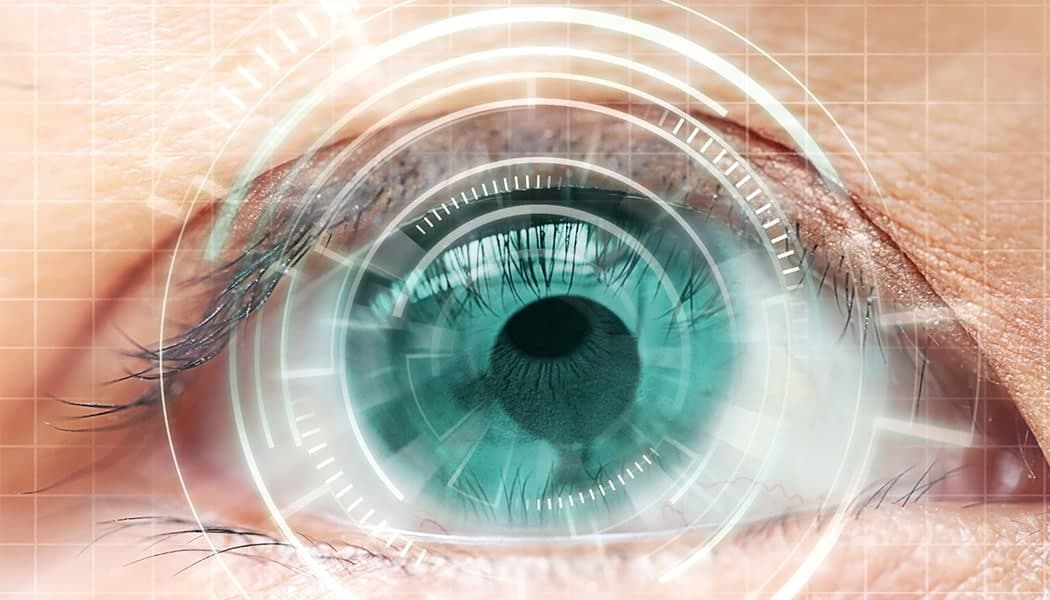
Conclusion
In conclusion, both LASIK and PRK offer effective solutions for correcting refractive errors and improving vision, but they cater to different needs and circumstances. LASIK, with its quicker recovery time and minimal initial discomfort, is ideal for those with adequate corneal thickness and a preference for rapid visual improvement. Conversely, PRK is suitable for individuals with thinner corneas, certain corneal surface irregularities, or those who engage in activities with a higher risk of eye trauma, thanks to its avoidance of a corneal flap. Ultimately, the choice between LASIK and PRK should be made in consultation with an experienced ophthalmologist who can evaluate your specific eye health, lifestyle, and vision goals.
Read More